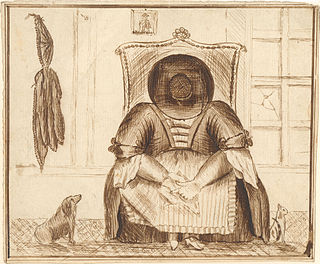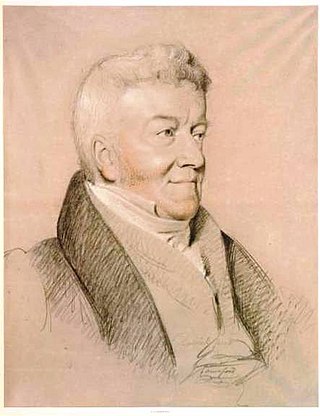
Edmund Garvey was a landscape painter from Ireland. Garvey worked in oil and water-colour.

George Barret Sr. was an Irish landscape artist known for his oil paintings and watercolours. He left Ireland in 1762 to establish himself as an artist in London and quickly gained recognition to become a leading artist of the period. He exhibited at the Society of Artists of Great Britain and was able to gain patronage from many leading art collectors. Barrett with other leading members left the Society in 1768 to found the Royal Academy, where he continued to exhibit until 1782.
Robert Carver was an Irish painter, who worked as a painter of theatre scenery as well as painting framed works. Carver was one of the leading landscape painters in the second half of eighteenth century Ireland.

William Ashford was an English painter who worked exclusively in Ireland, where he lived from the age of 18, having initially gone there to take up a post with the Ordnance Office. His earliest paintings were flower pieces and still lifes, but from 1772 he exhibited landscapes. He became president of the Irish Society of Artists in 1813, and was first elected President of the Royal Hibernian Academy. His works include a set of views in and around Mount Merrion, painted for the 4th Earl FitzWilliam.
John Butts was an Irish landscape painter, specialising in woodland and river scenes.
Robert West was an Irish artist, draughtsman and teacher.

Jean Barbault was a French painter, etcher and printmaker, who worked in Rome for most of his life. He is noted for paintings of local people, wearing traditional costumes or Oriental costumes and for his work documenting iconic Roman monuments and antiquities which were published in two volumes.

John James Barralet was an Irish artist who spent the later part of his career in the United States.
John Boyne was an Irish water-colour painter, engraver, and caricaturist.

Henry Brocas was an Irish artist known for his landscapes.

John Byrne (1786–1847) was an English painter and engraver. He came from a family of artists and he lived with his sister Elizabeth Byrne who also exhibited her landscapes.

John Comerford was an Irish miniature painter active in Kilkenny and Dublin. He exhibited in London at the Royal Academy in 1804 and 1809.

Thomas Hartley Cromek (1809-1873) was an English painter.

George Cuitt the Elder (1743–1818) was a British painter.
Jacob Ennis (1728-1770) was an Irish historical and portrait painter. He studied at Dublin under Robert West, and afterwards in Italy. He subsequently became a master in the Dublin Art School.
Thomas Sautelle Roberts was an Irish landscape artist.
Vincenzo Valdrè, also known as Vincent Waldré (1740–1814), was an Italian artist and architect who was born in Faenza and brought up in Parma, but who practiced in a Neoclassical-style in England and Ireland.
Michael Kean was an Irish artist. He was a miniature painter, and for a period was owner of the porcelain factory in Derby later known as Royal Crown Derby.

Solomon Delane, or Delaney was an Irish landscape painter who spent a major part of his career in Italy. Some earlier sources give his place of birth as Edinburgh, which may be related to the political and religious unrest in Ireland during his later years.
James Mannin was an artist, painter and draughtsman who lived in Ireland.












